LED wall panels are becoming the new standard bearer in outdoor video display. Their bright image displays and ease of use make them an attractive option for many different settings: store signage, billboards and other advertising, destination signs, stage shows, indoor displays, and more. Since they’re becoming more widespread, the cost of renting or owning them continues to decline.
Brightness
The brightness of LED screens is the main reason why they are supplanting projectors as the top choice of visual technicians. The light of projectors is measured in lux, which gauges reflected light. LED walls are measured in NIT, a measurement of direct light. One NIT unit is equivalent to 3.426 lux – basically, this means that a unit of NIT is much brighter than a unit of lux.
There are several drawbacks to projectors that affect their ability to display clear, crisp images. Projectors have to transmit the image to a projection screen; the image then has to travel to the viewer’s eyes. So, there’s a larger expanse across which to lose brightness and visibility. LED walls generate their own brightness, so the image is much more vivid when it reaches the viewer.
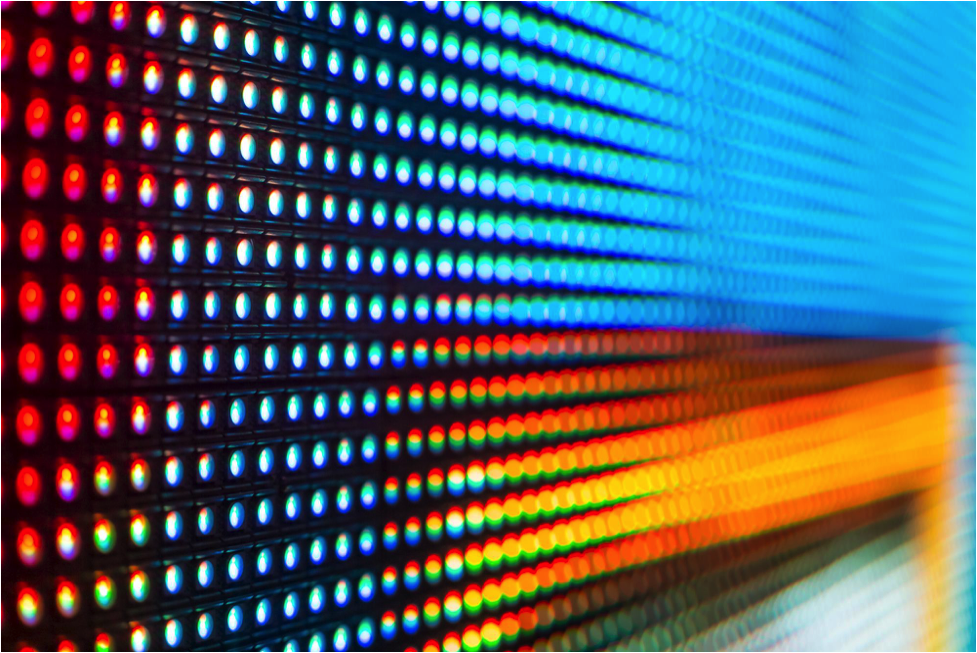
Projectors tend to lose brightness over time, with a noticeable decrease in brightness even in the first year of use. In that period of time they can lose 30 percent of their brightness. LED displays don’t suffer from the same decrease in vibrancy. Also, projectors still have difficulty displaying deeply saturated colors like blacks, and their contrast is not as great as that of LED displays.
Especially when there’s ambient light, such as at outdoor music festivals, ballparks, stadiums, and fashion and auto shows, LED panels are the clear choice. Ambient lighting will make the image of a concert projector more difficult to see, and will not have any effect on the visibility of an LED image.
Depending on the venue, LED walls may not even need to be run at their full brightness, meaning they can last even longer than they’re supposed to and require less energy to operate.
Display
HD video is becoming the go-to type and quickly supplanting Standard Definition as the industry norm. LED displays support HD, whereas many projectors are still SD and won’t display HD images at their full resolution.
One area where projectors do have an edge is image size. LED panels can range from about 60 inches, on average, to 90 inches at the large end of the spectrum. Projectors can display images at all sizes, from small to extremely large, easily up to 120 inches (or larger, for more expensive units). However, LED walls can always be stacked to create a composite image that’s as large as you want.
Setup and Arrangement
LED displays are much more easy to set up than a projector display, and they turn on much more quickly.
Projectors are limited in how and where they can be used. You have to have a large screen and an unimpeded space between the screen and the projector. The projector has to be mounted high up and in the back of the room or display area, and it has to be connected to a video source.
Anything that gets in the way – such as low-hanging lighting fixtures or low ceilings – can become an obstacle. You can project onto a blank wall, but this will diminish the image quality. Instead, you’ll also need to get a high-quality screen to accompany your projector.
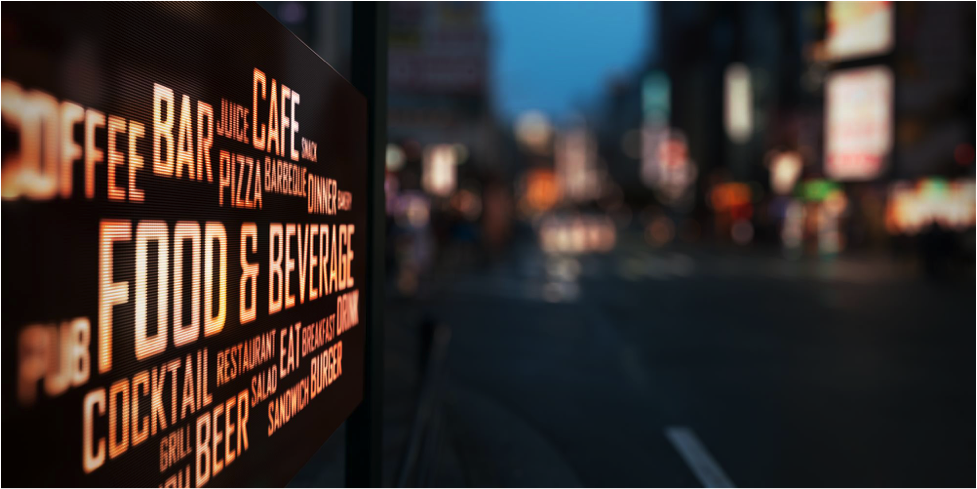
This places serious constrictions on how the display can be arranged. With LED panels, you can be more creative and uninhibited with how the visuals are configured. They can form shapes such as cubes, pyramids, or many other permutations. Their modular nature means you have unlimited options when setting up for a show, allowing you to be more creative and flexible.
Additionally, since ambient light is such a hindrance to projector-based displays, you’re often restricted to certain types of venues when using projectors: hotel ballrooms, conference rooms, etc. You’ll need to be able to dim the lights and restrict as much ambient light as possible, by using blackout curtains or something similar. This can add to your costs.
LED walls are just a few inches thin, and can be dismantled and moved into a new space more easily than projector displays can. This means you’re not restricted about the kind of venue in which you are setting up your display.
Maintenance
Repairing an LED wall is easy. Usually all you need to do is update the programming software, or just replace the module of a broken bulb with a new one. With projector displays, you often have to send them in for repairs, resulting in downtime and uncertainty over what the problem is.
Cost
LED walls may be slightly more expensive at the outset, but those costs are made up for by the reduced maintenance costs of maintaining an LED system over time.
LED walls will cost about 15% to 20% more upfront than projectors, for a similar image size and quality. However, projectors have parts such as bulbs and light engines that require replacement every few years, and those parts aren’t cheap: a new bulb alone can cost up to $4,500.
LED walls don’t have the same amount of upkeep – just a replaced module every once in a while. LED walls also require less power than projectors – about half as much, saving you energy costs. As they become more commonplace, LED wall costs will continue to decrease.
All in all, given the continual upkeep required by projector systems and the increased power they consume, even though LED walls cost more money up front, the break-even point between the two systems is about 2 years, meaning you will ultimately save money in the long term with LED walls.

So, projectors do have a number of upsides that make them an attractive option for some. They have a low initial cost. They’re easy to find, and many people are familiar with their functionality. Their downsides make them an unrealistic option for many, especially when it comes to outdoor displays.
Their low contrast ratio and low brightness will make them seem outmoded to today’s discerning audiences. They have components that require more upkeep and frequent replacement than LED panels do – light bulbs, filters, etc.
LED walls are more reliable, flexible in terms of setup and arrangement, and are more economical over the product’s lifespan.
LED screens are no longer as expensive as they used to be. Projection-based displays have hidden costs – such as screens and darkening a room with blackout curtains, for example – that make them an unattractive and cumbersome option for many clients.
Costs are ultimately secondary to the real goal – providing an efficient system for the client that gets the job done with unassailable results. With that in mind, LED is the clear choice for your next event.
Matrix Visual is an industry leader in LED walls for sale, and one of the premier audio visual production companies in Los Angeles. Let our technicians and experts in our Southern California facilities answer any questions you might have next time you’re planning an event and need an outstanding, easy-to-set-up visual display.
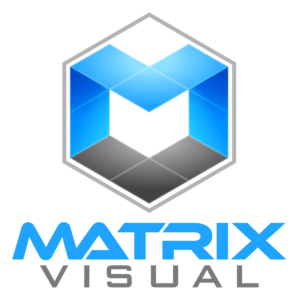
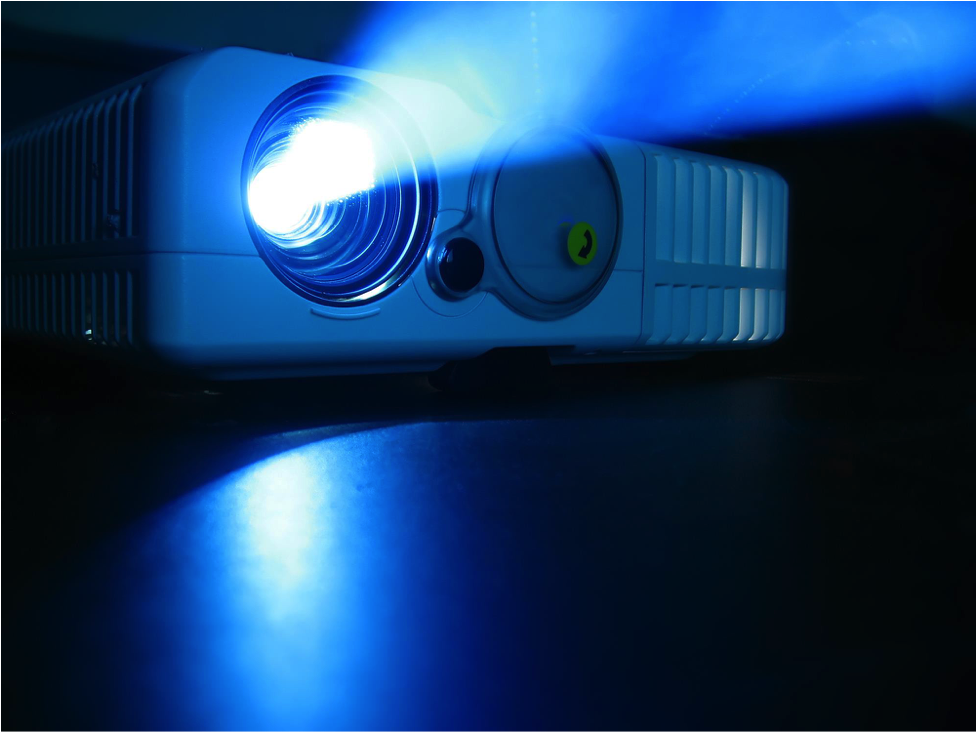
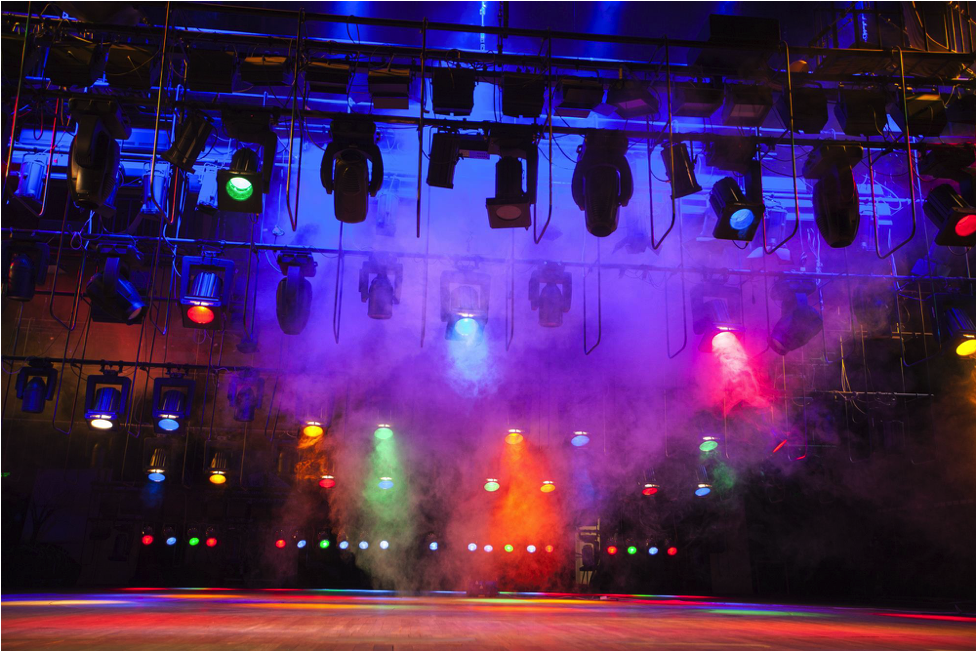
my friend has some plan to arrange an event. I will suggest her to apply this technology in the next event. I think so, her event will go beyond the expectations.
Thank you for sharing this blog. it was really helpful to understand The Benefits of LED Walls Versus Projection Displays. Keep sharing such kind of blogs….
LED Advertising Screen
Outdoor LED Screen
LED Screens Brisbane
LED Sign Hire Brisbane
[…] you choose to use an LED screen, instead of a projector, make sure the mounting is strong and stable to prevent the screen from shifting as well as […]
very helpful, Thank you for sharing, I will definitely do it for our next-level entertainment using our best outdoor movie screen.